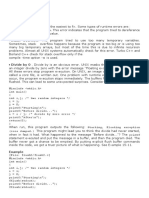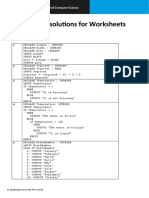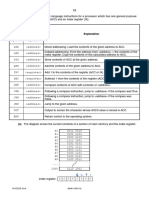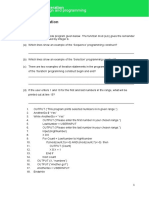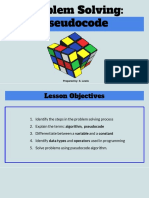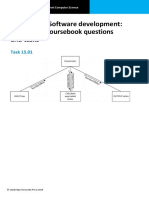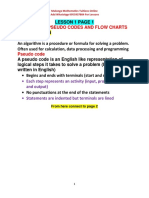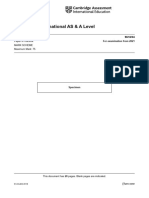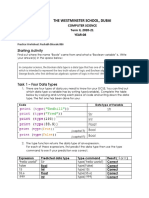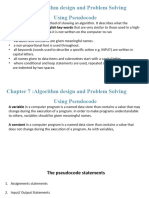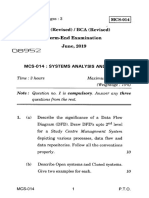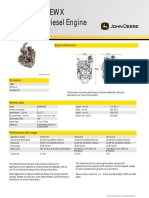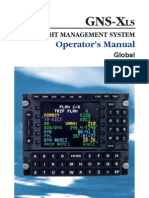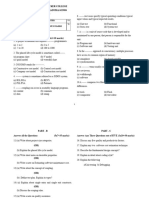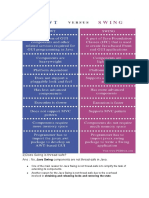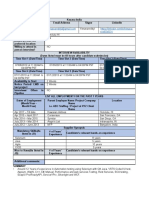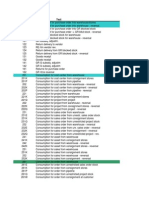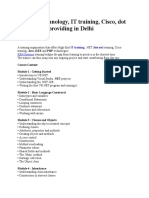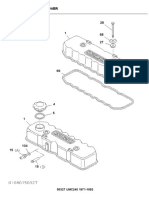0% found this document useful (0 votes)
246 views70 pagesProgramming
The document discusses algorithms and their structure. An algorithm is defined as a precise sequence of instructions to solve a problem in a finite number of steps. Key properties of algorithms include being precise, unambiguous, logically sequenced, giving the correct solution in all cases, and eventually ending. The typical structure of an algorithm includes a header, declaration, body, and terminator. Examples of algorithms written in pseudocode are provided to calculate circle perimeter, rectangle area, and the product of three numbers. Flowcharts are also discussed as an alternative to pseudocode for representing algorithms.
Uploaded by
Teck IsmaelCopyright
© © All Rights Reserved
We take content rights seriously. If you suspect this is your content, claim it here.
Available Formats
Download as PPT, PDF, TXT or read online on Scribd
0% found this document useful (0 votes)
246 views70 pagesProgramming
The document discusses algorithms and their structure. An algorithm is defined as a precise sequence of instructions to solve a problem in a finite number of steps. Key properties of algorithms include being precise, unambiguous, logically sequenced, giving the correct solution in all cases, and eventually ending. The typical structure of an algorithm includes a header, declaration, body, and terminator. Examples of algorithms written in pseudocode are provided to calculate circle perimeter, rectangle area, and the product of three numbers. Flowcharts are also discussed as an alternative to pseudocode for representing algorithms.
Uploaded by
Teck IsmaelCopyright
© © All Rights Reserved
We take content rights seriously. If you suspect this is your content, claim it here.
Available Formats
Download as PPT, PDF, TXT or read online on Scribd
/ 70

